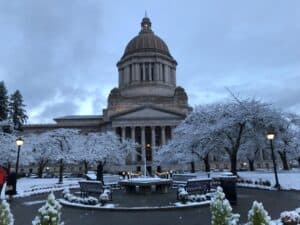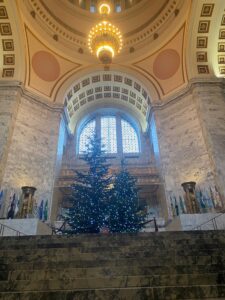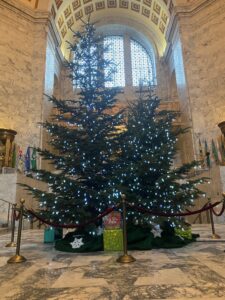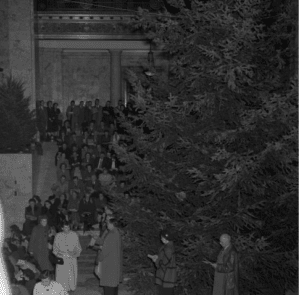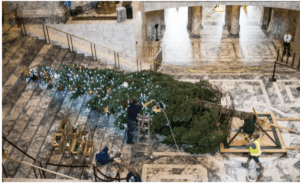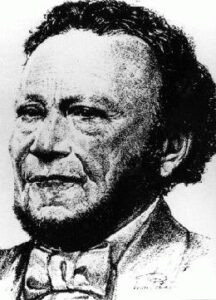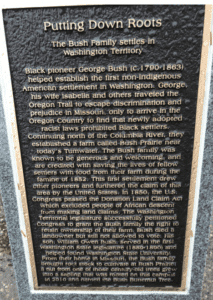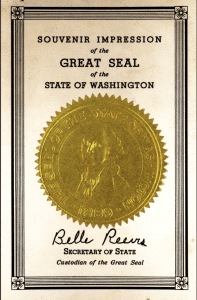Trivia
What is the average annual snowfall in Olympia?
Welcome!
Today marks the return of Start Early Washington’s weekly “Notes From Olympia.” Our weekly newsletter aims to deliver the latest updates on activity in Olympia to your inbox every Friday morning. If you have suggestions for items to cover, we would love to hear!
Additionally, we linked our bill tracker at the top of our resources page so you can follow the progress of bills that impact the state budget and early learning. Look for the updated link at the top of the page each Thursday. Tracking bills will be a feature of our weekly “Notes From Olympia.”
What Will the 2022 Legislative Session Look Like?

I will dispense with any attempt at a witty saying or cliché about uncertainty because I think we are all over them!
Due to the recent rise in COVID-19 cases statewide, both the Senate and House of Representatives recently adjusted their operational plans to begin their work in a largely virtual fashion. All committee hearings will be virtual and, initially, only a limited number of legislators and staff will be in-person for floor sessions. There will be no in-person meetings on the Capitol campus.
After two weeks, both bodies intend to revisit these plans and potentially make adjustments based on public health guidance. These adjustments could include increasing the number of legislators present for floor sessions and allowing a limited number of members of the public in the Senate and House galleries.
Week One Committee Activity
The short, 60-day sessions run at a frenetic pace, with public hearings on legislation starting the first day. With the first cutoff for bills to get out of policy committees rapidly approaching on Feb. 3, there is no easing in!
For early learning, we expect a relatively lighter year given the passage of the Fair Start for Kids Act in 2021 and the systemwide work underway to implement this historic measure. There will, of course, be legislation and budget items related to early learning, but we do not expect legislation of the magnitude of the Fair Start for Kids Act.
Speaking of Fair Start for Kids, the House Children, Youth and Families is holding a work session on Wednesday, Jan. 12 at 8 a.m. focusing on Fair Start for Kids implementation. We will provide a summary in next week’s “Notes From Olympia.”
The legislative session will kick off with a focus on the supplemental budget as the House Appropriations Committee on Monday, Jan. 10 and the Senate Ways and Means Committee on Tuesday, Jan. 11 dedicate committee time to the Governor’s proposed supplemental budget. Both hearings will begin with a presentation by David Schumacher, the Governor’s Director of the Office of Financial Management, who will outline the Governor’s proposed budget, followed by an opportunity for the public to respond to what was included (or more importantly, not included) in the Governor’s budget.
The fiscal committees are scheduled at the end of the day as they often exceed the usual two-hour committee block and these initial hearings typically run into the night. These budget hearings are interesting for many reasons, including giving good insight into what other budget items are “in play” for the session.
Resources
With legislative session starting on Monday, here are some handy resources to help track bills, hearings, amendments and other developments:
Washington State Legislative Website. The #1 go-to for all legislative information. This is where you can read the latest bills; sign up to testify; find the legislative calendar; look up legislative committee schedule; and much more.
TVW.org. With much of the legislative activity virtual, TVW becomes all the more important, airing all legislative hearings and floor sessions live. If you miss something, you can go back and catch it in their archives. TVW also produces a number of documentaries and informative shows, including Inside Olympia and The Impact. TVW’s website was updated over interim to make it more user friendly – check it out!


